
Editorial Eye 剧本 - AI-Powered Script Analysis
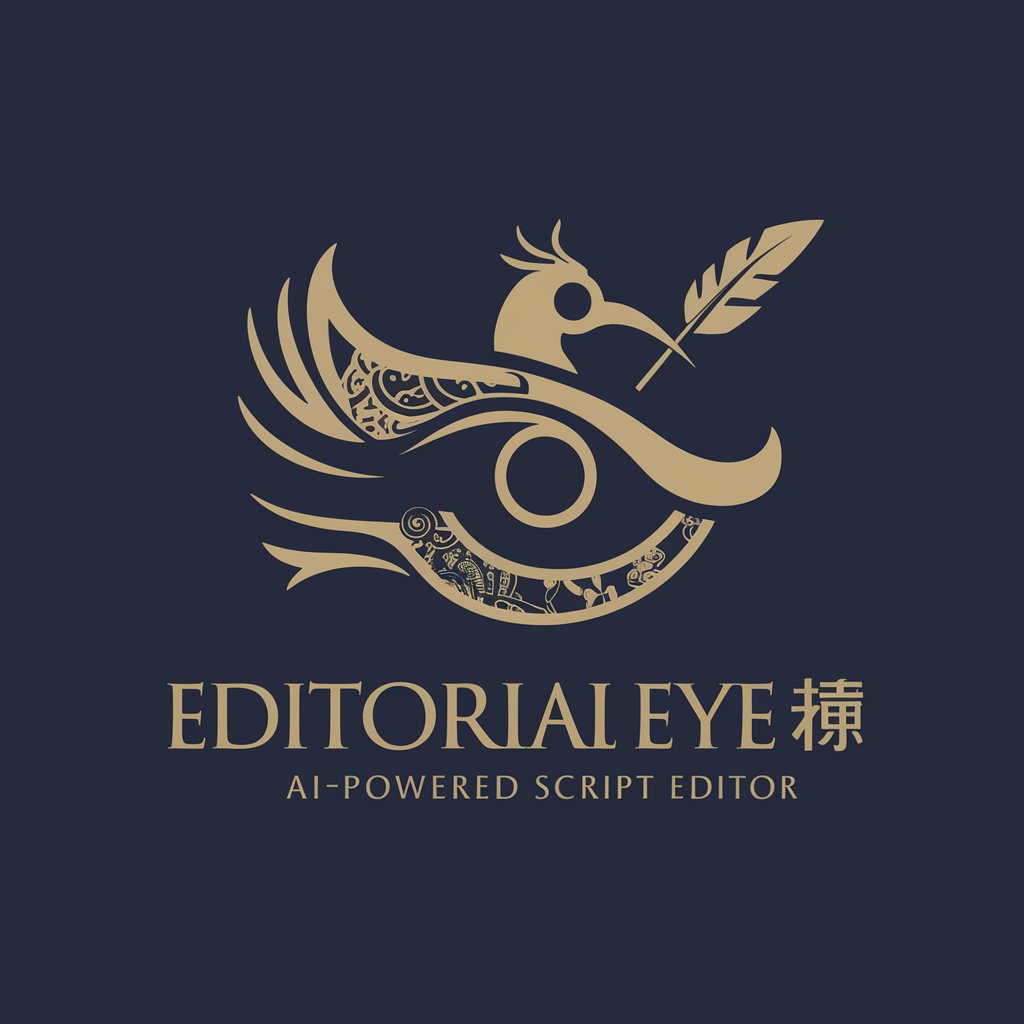
Welcome! Let's elevate your script to its fullest potential.
Refine Your Script with AI Insight
Analyze the main plot and identify areas that lack clarity or direction.
Evaluate the dialogue for consistency with character personalities and natural speech patterns.
Identify and suggest improvements for scenes with weak emotional impact or lack of tension.
Assess the overall pacing and rhythm of the script, noting any sections that feel sluggish or rushed.
Get Embed Code
Introduction to Editorial Eye 剧本
Editorial Eye 剧本 is a specialized AI tool designed for script editing and analysis. Its primary purpose is to provide detailed critiques and suggestions for improving screenplays. The tool is programmed to identify and assess various elements of a script, such as language proficiency, innovation, dialogue quality, plot coherence, narrative structure, audience engagement, conflict intensity, pacing, emotional and gratifying scenes, visual description, series episode hooks, entertainment value, and risk management. By scrutinizing these aspects, Editorial Eye 剧本 ensures that scripts not only adhere to professional standards but also resonate with intended audiences. Powered by ChatGPT-4o。

Main Functions of Editorial Eye 剧本
Language Proficiency Analysis
Example
Identifying spelling and grammatical errors, redundant scenes, or poorly constructed sentences in a script.
Scenario
Screenwriters submit their drafts for a thorough language check to ensure clarity and coherence.
Innovation Assessment
Example
Evaluating the script for originality in plot, setting, and character development.
Scenario
Producers use the tool to determine if a script offers a unique viewing experience distinct from typical industry narratives.
Dialogue Quality Check
Example
Assessing if the dialogues match character profiles and everyday speech, and are engaging and witty.
Scenario
Dialogue writers refine their scripts based on feedback to enhance character authenticity and audience relatability.
Plot Coherence Review
Example
Analyzing the script for logical inconsistencies or character deviations.
Scenario
Script editors use the tool to ensure the storyline is logical and consistent with character development.
Narrative Structure Evaluation
Example
Checking for a clear main storyline and smooth transitions between scenes.
Scenario
Writers revise their scripts to improve narrative flow and maintain audience interest.
Audience Engagement Assessment
Example
Determining if the script sets up anticipation and maintains viewer interest.
Scenario
Screenwriters adjust story backgrounds and pacing to build stronger audience connection and anticipation.
Conflict and Resolution Analysis
Example
Evaluating the intensity and resolution of conflicts for dramatic impact.
Scenario
Drama writers use feedback to amplify conflict and create more impactful resolutions.
Pacing and Timing Review
Example
Identifying areas where pacing is uneven or dialogue is redundant.
Scenario
Editors streamline scripts to ensure the story progresses smoothly and maintains viewer interest.
Emotional Impact and Gratification Check
Example
Assessing if key scenes deliver emotional depth and viewer satisfaction.
Scenario
Writers use this feedback to enhance emotional scenes for greater audience impact.
Visual Description Quality Check
Example
Evaluating the vividness and clarity of scene and action descriptions.
Scenario
Scriptwriters improve descriptions to help directors and actors better visualize scenes.
Episode Hook Evaluation
Example
Analyzing the effectiveness of episode endings in creating anticipation for the next episode.
Scenario
TV series writers use this to ensure each episode ends with a compelling hook to retain viewer interest.
Entertainment Value and Audience Guidance
Example
Assessing the script's entertainment value and its alignment with target audience preferences.
Scenario
Production teams adjust scripts to better fit their target audience's tastes and expectations.
Risk Management Assessment
Example
Identifying content that may not align with mainstream values or platform regulations.
Scenario
Producers and writers use this to avoid potential controversies or censorship issues.
Ideal Users of Editorial Eye 剧本 Services
Screenwriters
Benefit from detailed script analysis and improvement suggestions, enhancing their storytelling and script quality.
Script Editors
Use the tool for an objective, comprehensive review of scripts, ensuring consistency and coherence.
TV and Film Producers
Rely on the tool to assess scripts for originality, audience engagement, and potential risks before greenlighting projects.
Drama Writers
Utilize the tool to refine plot dynamics, character development, and emotional impact in their scripts.
Directors
Leverage the tool for understanding script nuances and making informed decisions on scene execution and actor direction.
Film and Drama Students
Use the tool as a learning aid to understand the intricacies of scriptwriting and narrative construction.
Production Companies
Employ the tool to streamline script evaluation processes, ensuring high-quality content production.

Guidelines for Using Editorial Eye 剧本
1
Visit yeschat.ai to access a free trial without the need for login or ChatGPT Plus.
2
Upload your screenplay to the platform. The tool is designed to analyze and provide feedback on scriptwriting.
3
Specify the type of feedback you seek, such as language proficiency, plot coherence, or character dialogue.
4
Review the detailed analysis provided by Editorial Eye 剧本, which includes scores and suggestions for improvement.
5
Use the feedback to revise your screenplay, focusing on areas such as language, innovation, and emotional engagement.
Try other advanced and practical GPTs
Cruisin' meaning?
Deepen your insights with AI-powered exploration.

Senora Vida meaning?
Empower creativity and analysis with AI

Tuyo meaning?
Empower Your Words with AI
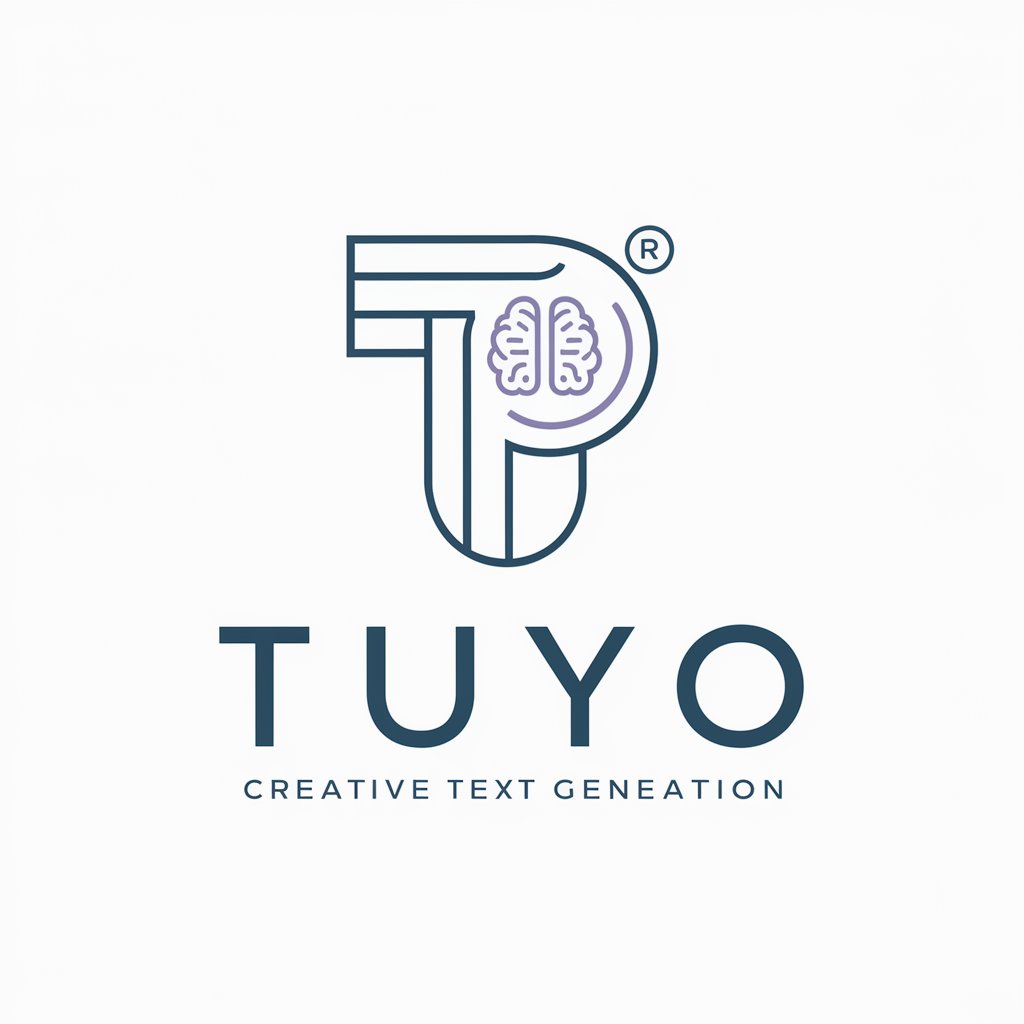
Suave meaning?
Empowering Inquiries with AI Precision

Misunderstood meaning?
Clarifying the misunderstood, powered by AI.
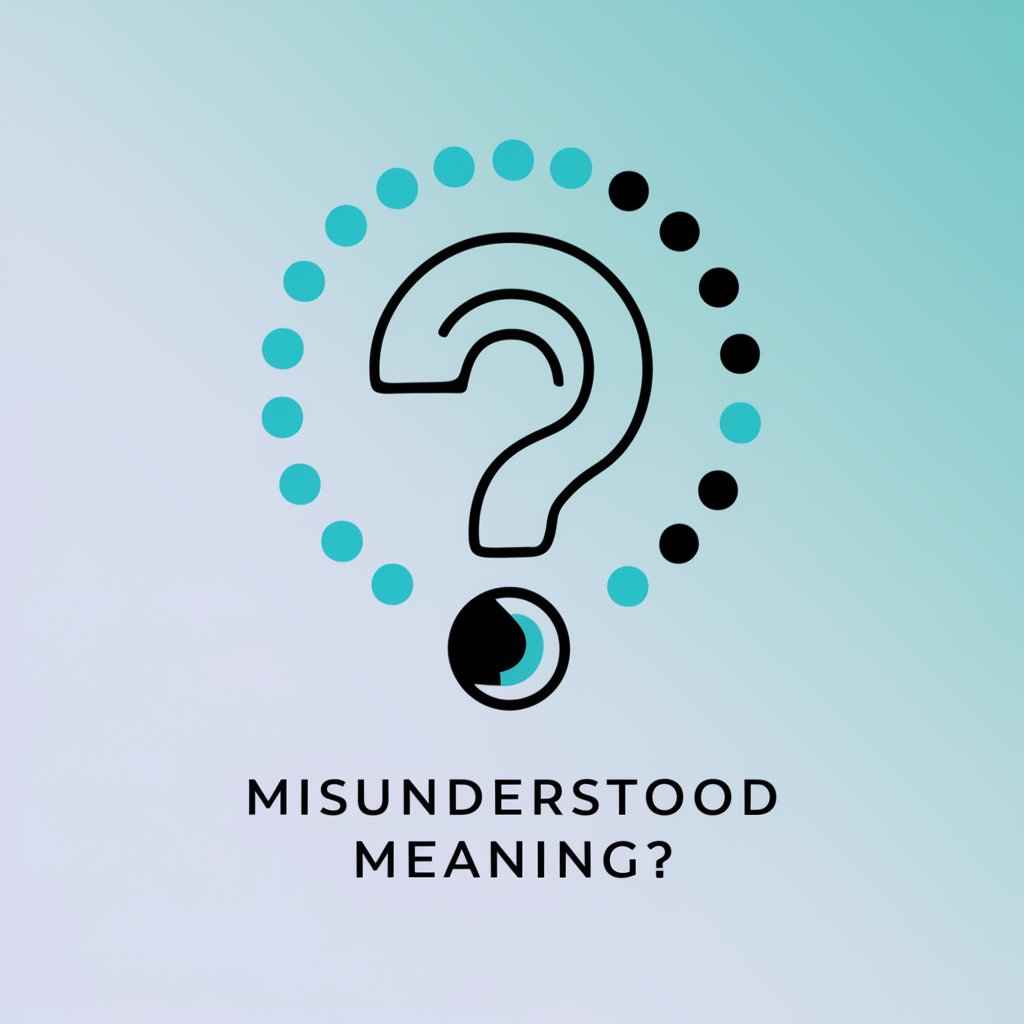
Dear John meaning?
Unlocking Clarity in Texts with AI
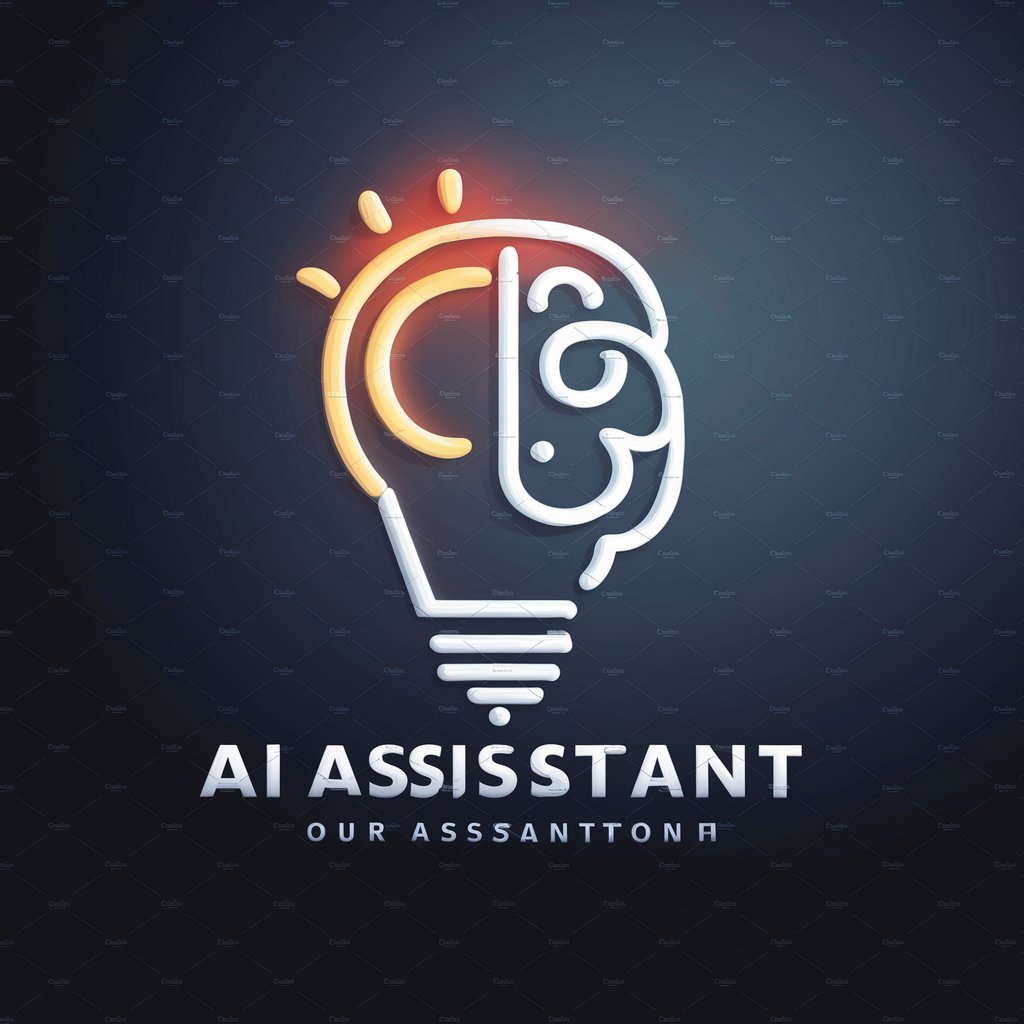
矩阵运营
Empower Your Online Presence with AI

渭河数据分析教学
Empowering Your Data Journey with AI
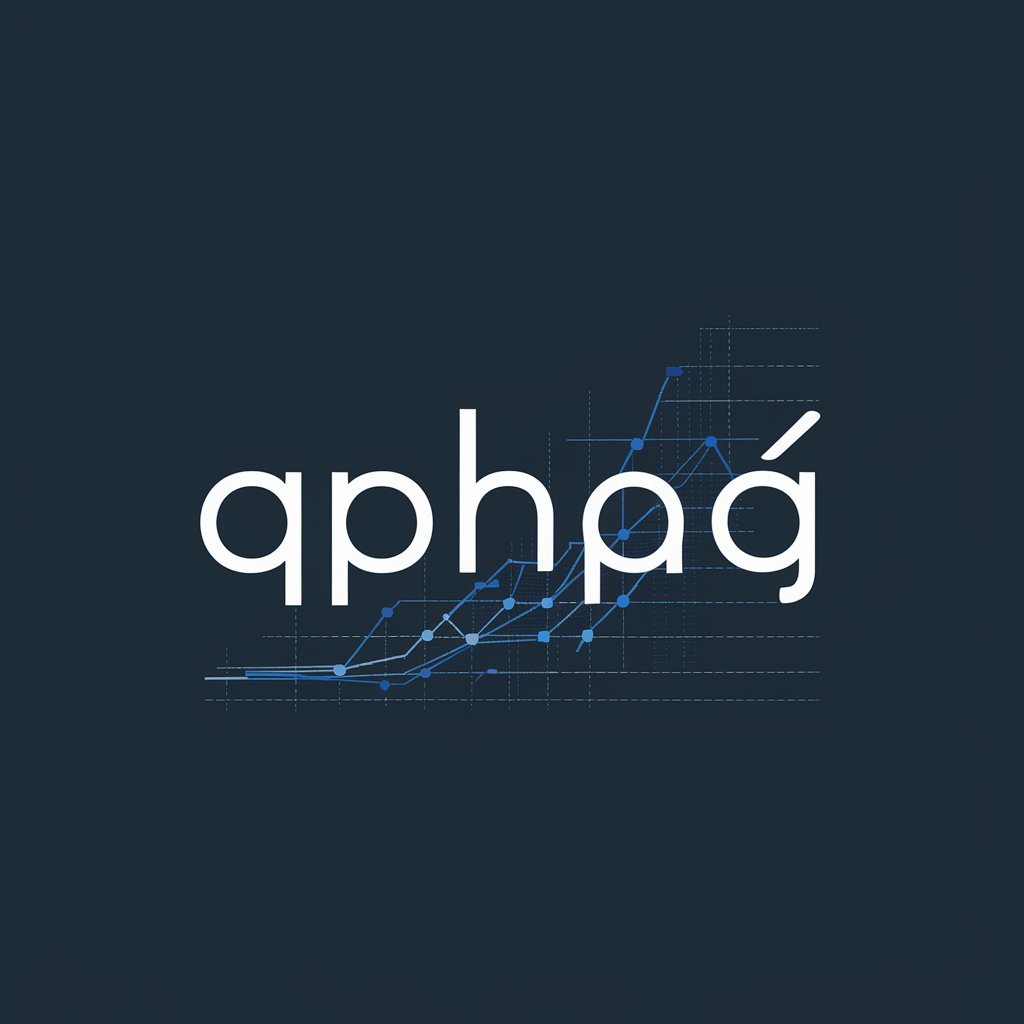
俳句採点
Enhancing Haiku Craft with AI

La Carretera meaning?
Unlocking Knowledge with AI

In LA meaning?
Unlock insights with AI-powered exploration

La Pasión meaning?
Empower Your Creativity and Knowledge with AI

Frequently Asked Questions About Editorial Eye 剧本
What types of errors can Editorial Eye 剧本 identify in a screenplay?
It can identify errors such as insufficient language proficiency, lack of innovation, weak dialogue, illogical plot points, unclear main storyline, insufficient anticipation, weak conflict and climax, pacing issues, lack of emotional depth, poor visual description, weak episode hooks, insufficient audience engagement, and content risks.
How does Editorial Eye 剧本 score a screenplay?
It scores each aspect out of 100, deducting points for each identified issue. The scores are divided into increments of 20, 40, 60, 80, and 100.
Can Editorial Eye 剧本 help with dialogue writing?
Yes, it can assess the quality of dialogues in terms of character consistency, naturalness, and engagement.
Is Editorial Eye 剧本 suitable for beginner screenwriters?
Absolutely, it's designed to provide constructive feedback that is beneficial for screenwriters at all levels.
How can Editorial Eye 剧本 improve the emotional impact of a screenplay?
By analyzing the depth and progression of emotions in the script, it provides suggestions to enhance emotional and satisfying moments in the story.





